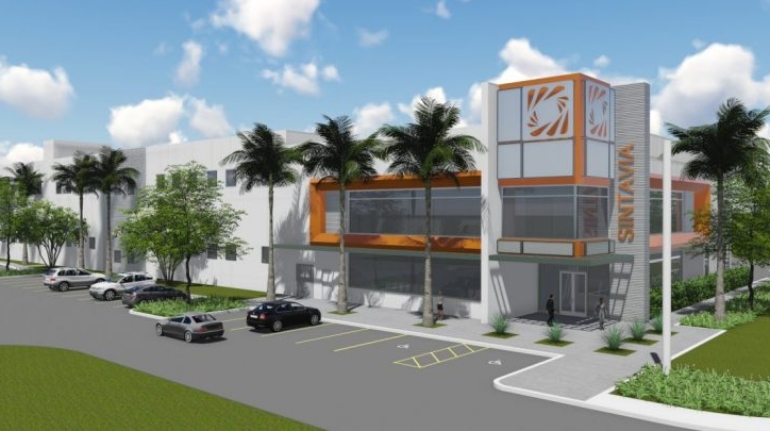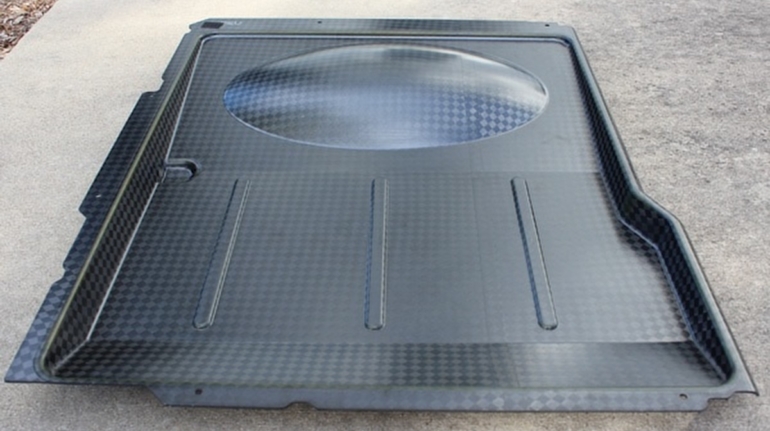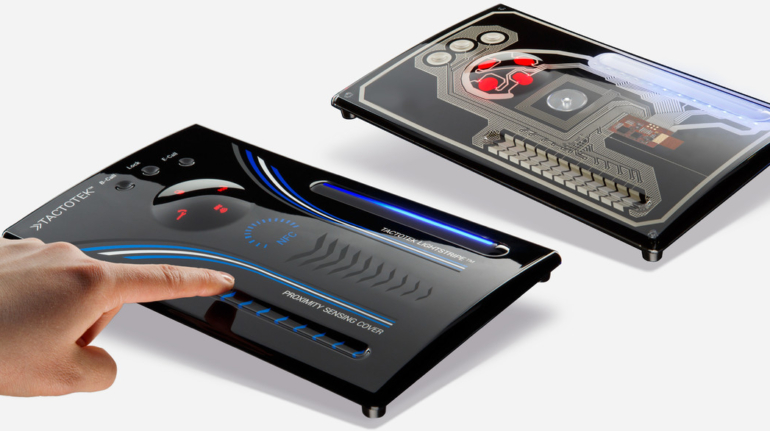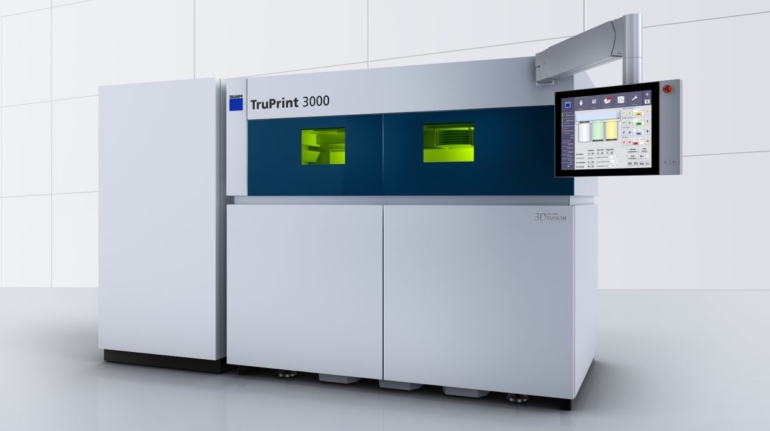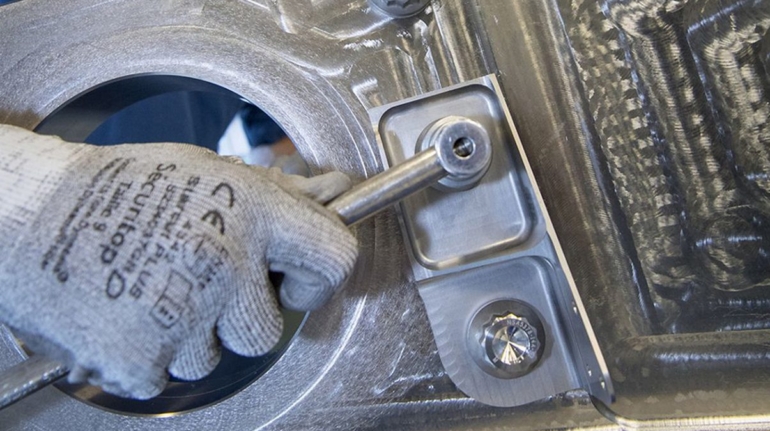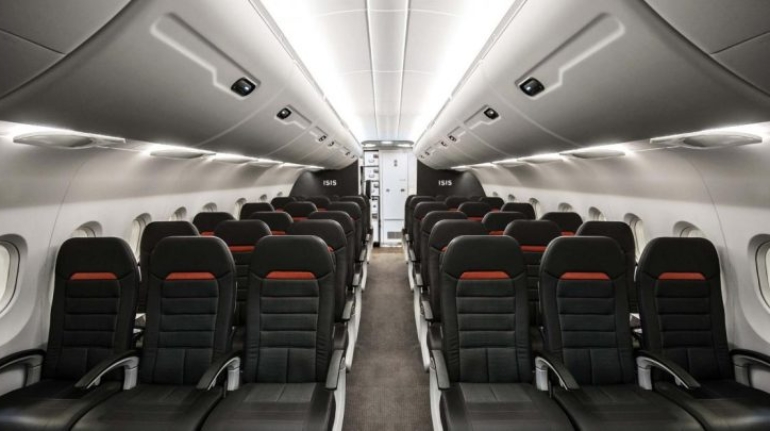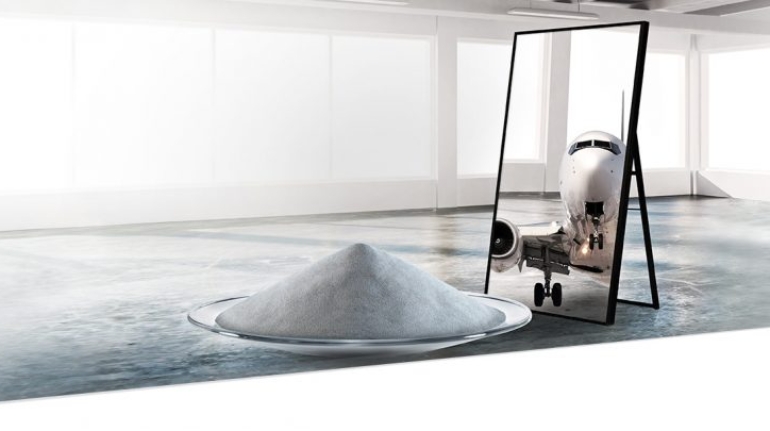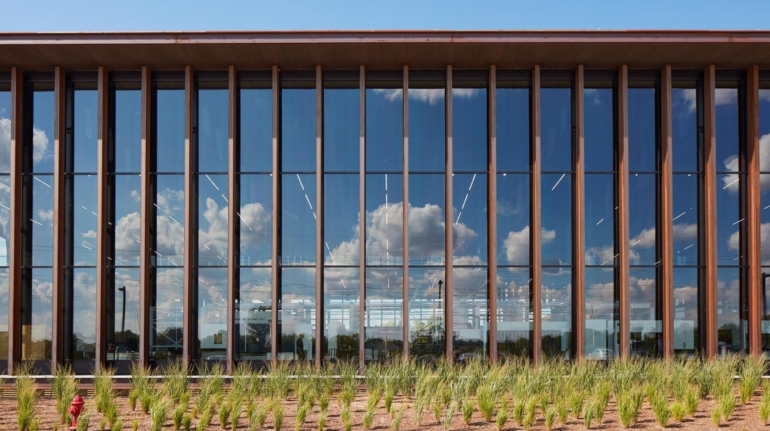HRL tells all about ceramics AM development for NASA and commercial space apps 3D Printing Processes
For more than 60 years, HRL‘s scientists and engineers have been on the leading edge of technology, conducting pioneering research, providing real-world technology solutions, and advancing the state of the art. The firm continues to be recognized as one of the world’s premier physical science and engineering research laboratories.


